Like most drivers, you probably don't analyze your car's tire size apart from the cosmetic appearance. But tire size impacts your car's handling and performance. Do you want to revamp your tires but wonder whether 275 tires are the same as 33? We've got you covered. We did some research on this topic, and these are our findings.
275 tires with an aspect ratio of 60 and 20-inch diameter are not the same as 33 tires.
Read on to learn more about 275 tires. We will also discuss how you can identify good-quality tires and highlight some maintenance tips that will enable your tires last longer. Let's jump right in.
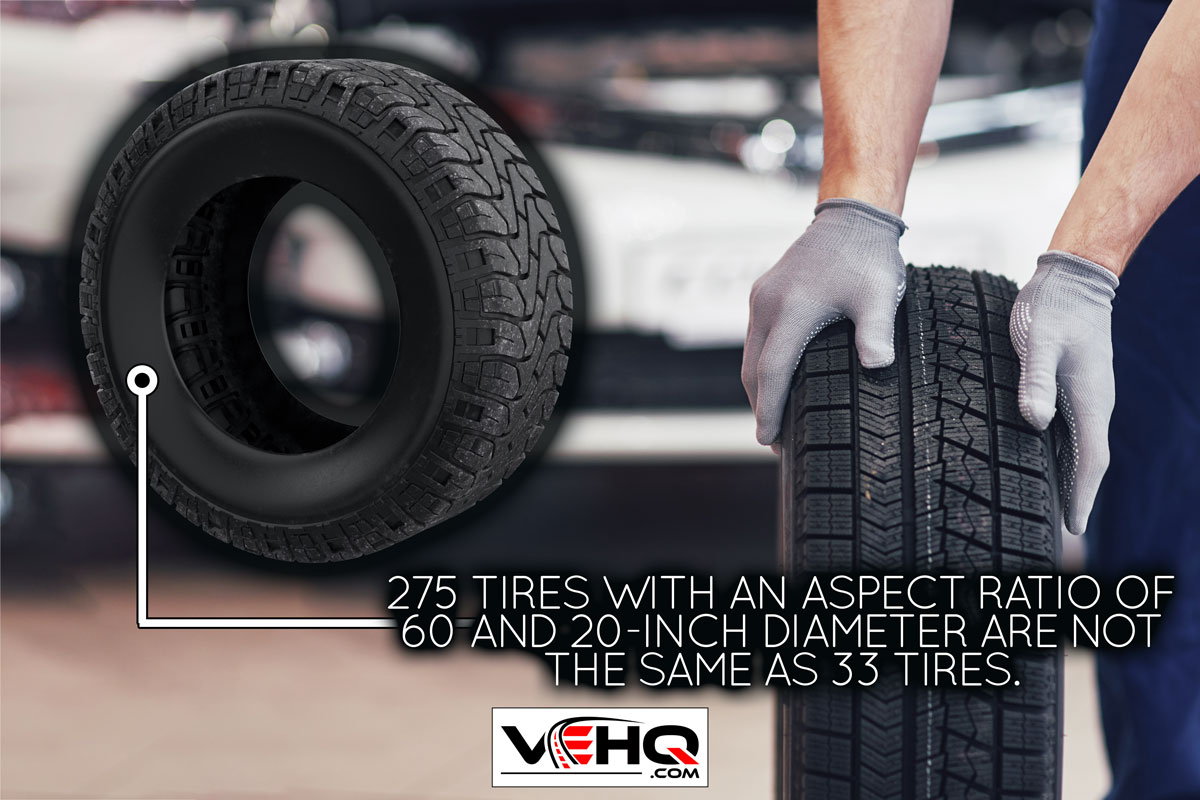
What Are 275 Tires Equal To?
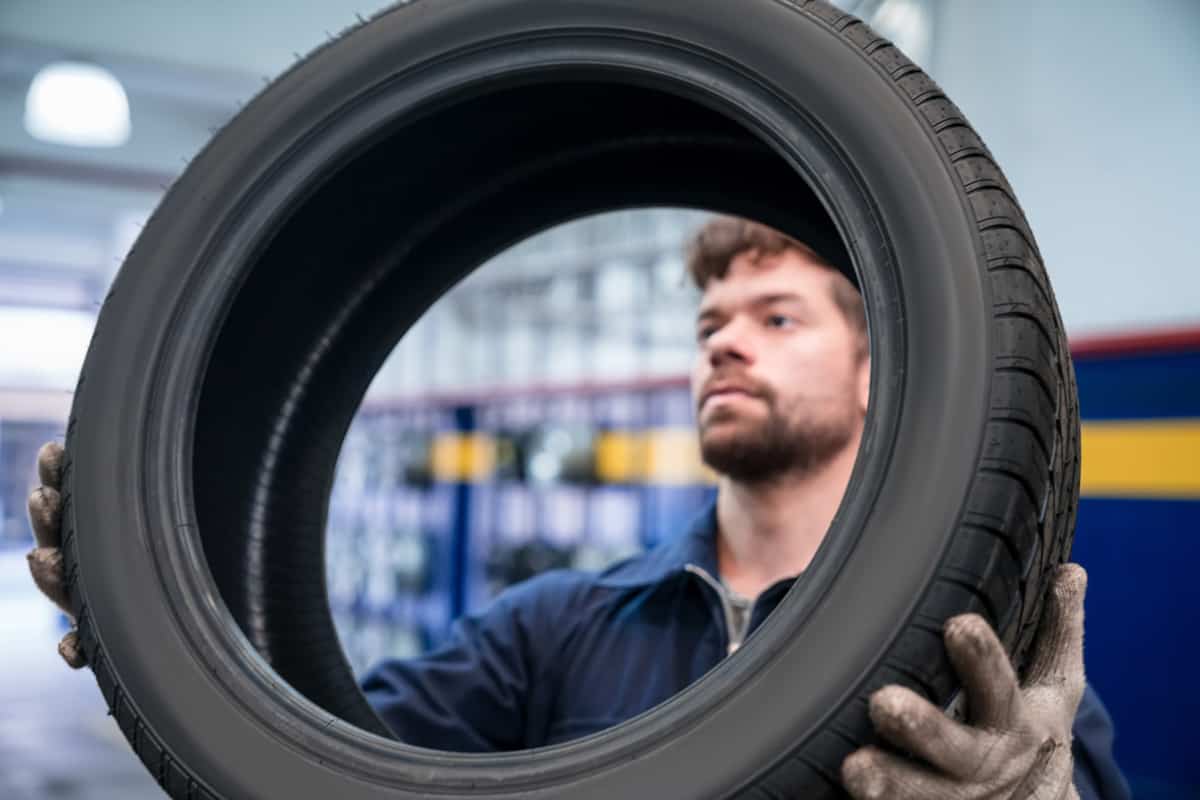
The numbers on a tire represent the wheel diameter, aspect ratio, and width. Diameter measures wheel length from one end to the other, while the tire width quantifies the distance from one sidewall to the other. But the aspect ratio sizes the distance from the wheel-rim mounting surface to the tread periphery.
Although the diameter is measured in inches, the width is measured in millimeters. Furthermore, the aspect ratio is expressed as a percentage of the width. For this reason, it can be pretty daunting to convert measurement readings to inches. But we've got you covered.
Tires that measure 275/60 R20 are equivalent to the 33-inch. To calculate this, we multiply the width and the aspect ratio (275*0.60 = 165mm) and then convert the mm to inches (165mm ÷ 25.4 = 6.496 inches).
Since these measurements are for only one sidewall, we multiply the 6.496 inches by 2 to get 12.992 inches, which is approximately equal to 13 inches. By adding 13 inches to the 20-inch diameter, we get a 33-inch (33×10.8 R20) equivalent tire.
275 Replacement Tires
You may want to upgrade your vehicle by changing the tire specifications. Generally, tires with smaller sidewalls look cooler and operate better. But you should keep the overall tire's diameter within 3% of the original tires that came with your automobile.
Tire Diameter
Since the diameter determines the tire's circumference, it can alter the overall gearing of your car if it is too small or too large. In addition, a significant change in the diameter can tweak the under-car ground clearance, throw off the speedometer reading, and negatively affect your vehicle's handling.
Also, manufacturers set stability control and safety measures like anti-lock brakes to operate with tires of a specific diameter.
But you can still rework the tire specs and remain within the expected range. As a rule of thumb, increase tire width by 10mm and reduce the aspect ratio by 5%-10% to modify the wheel diameter by a 1-inch increase.
Tire Width
Determining a suitable tire width can be quite a task because various factors come into play. The tires should steer clear of the exterior fender sheet metal, the interior fender wells, and the suspension components.
If the tires are too broad, they will not fit within the car's wheel wells. Furthermore, they may cause the wheels to rub on the suspension or fender lips as you steer the wheels to full lock for parking. Consequently, you may damage the wheels and the tires.
The tires may also rub against the suspension components or the interior of the front or back fender wells as you navigate corners or drive over bumps. Eventually, you may experience tire failure.
Thus, it's best to consult your local mechanic or online forums that focus on your vehicle's make and model to determine a suitable width for the replacement tires.
Tire Load
Ensure that the replacement tires you buy have the correct load rating to handle your car's mass. If the tires are unsuitable for your vehicle's mass, they may wear out prematurely or blow out.
How Can You Identify Good Quality Tires?
You will need to replace your car's tires periodically because the tread life is limited. But investing in good quality tires will enable you to get the maximum millage from their usage.
You need to know the specs of the current tires on your automobile to match the size and speed ratings. Still, selecting new tires can be difficult due to the numerous options available on the market. These tips will guide you in identifying a good set of tires.
Tire Wear
Tread depth often determines how long it will take before the tires wear out. Generally, the wear rate will be subject to the road condition and performance levels. For instance, a softer tire will have higher performance but a shorter lifespan.
On average, new tires have a tread depth of 10/32- 11/32in. The tread depth then reduces over time. It would be best to replace the tires when the tread depth falls below 2/32 inches. Thus, the tread wear allowance before it gets to a minimum can help you identify good quality tires.
Noise Levels
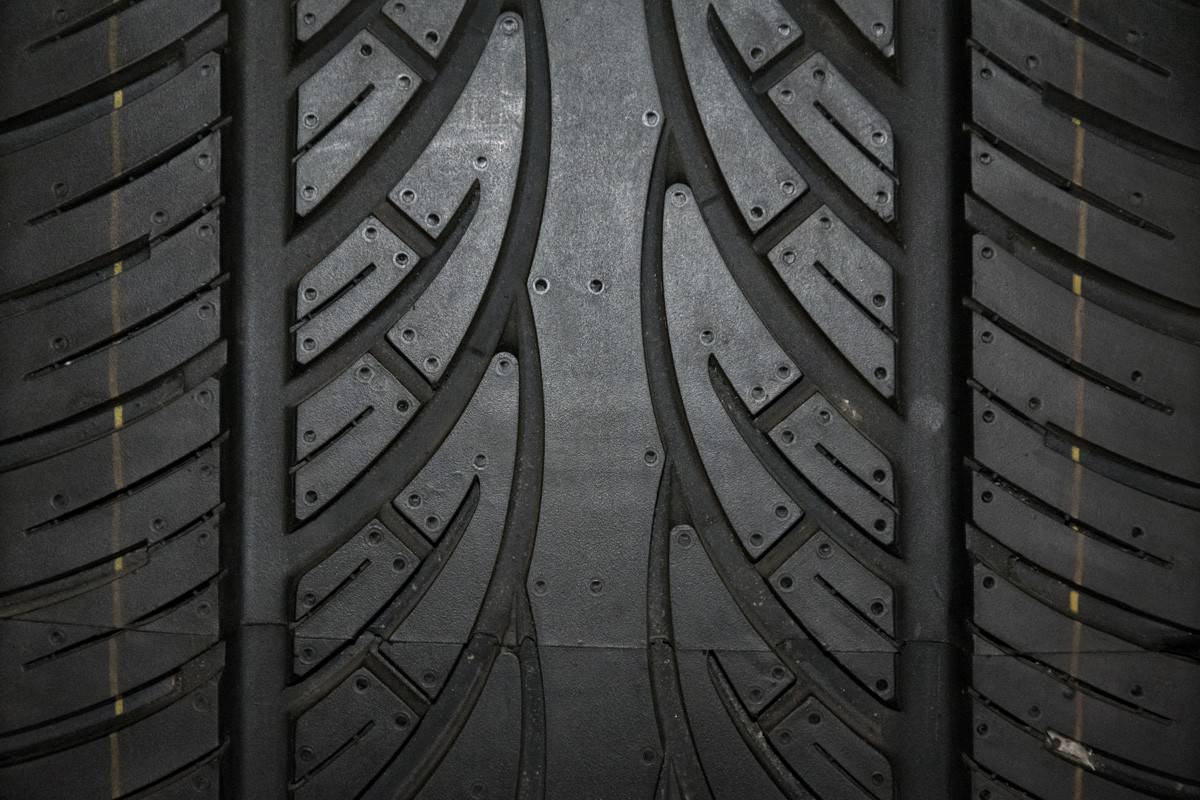
The blocks in the tread generate noise at specific frequencies. Therefore, when the tire has different sized blocks, the frequencies cancel each other out, reducing the noise generated.
Examine the tires closely to determine whether the tread blocks have varying sizes since good quality tires should produce the slightest noise.
Performance Levels
Good quality tires have grooves in the tread that boost overall rigidity and fasten the initial steering wheel response. You can maximize your car's full potential when the tires have high grip performance in wet and dry conditions.
Ride Quality
Superior tires have a decent sidewall thickness that can absorb the energy going through the tire as you drive over bumps. Thus, the sidewall thickness determines the comfort level of your tires.
Wet Weather Grip
Enhanced wet-weather grip levels on your tires ensure you are safe on the road. Top-quality tires that hold up well in wet conditions have hollowed patterns to move the water between the rubber on the tire and the ground.
When the tires fail to displace the water, the car may hydroplane. You should check whether the tires have deep grooves to determine if they will effectively displace the water.
What Maintenance Do Tires Need?
Tires require proper care to operate and last for their expected lifespan. Also, they are subject to deterioration since they come into contact with the road. These tips will guide you in necessary tire maintenance and help you achieve optimal performance.
Tire Rotation
The rate at which a tire deteriorates depends on its position. For example, the front tires in most vehicles wear out faster than the rear tires because the engine is fitted at the front; thus, there is more weight at the front. Also, turning habits can exert more weight on a given tire, increasing its wear rate.
Regular tire rotation ensures even tread wear since it regulates the natural wear patterns by switching the tire position. For this reason, most tire manufacturers recommend that you rotate the tires every 5000 - 8000 miles.
It is also prudent to inspect each tire's condition during the rotation, as this can enable you to prevent premature wearing of the tires. Through thorough examination, you can catch and promptly remedy the causes of uneven tread wear.
Air Pressure Check
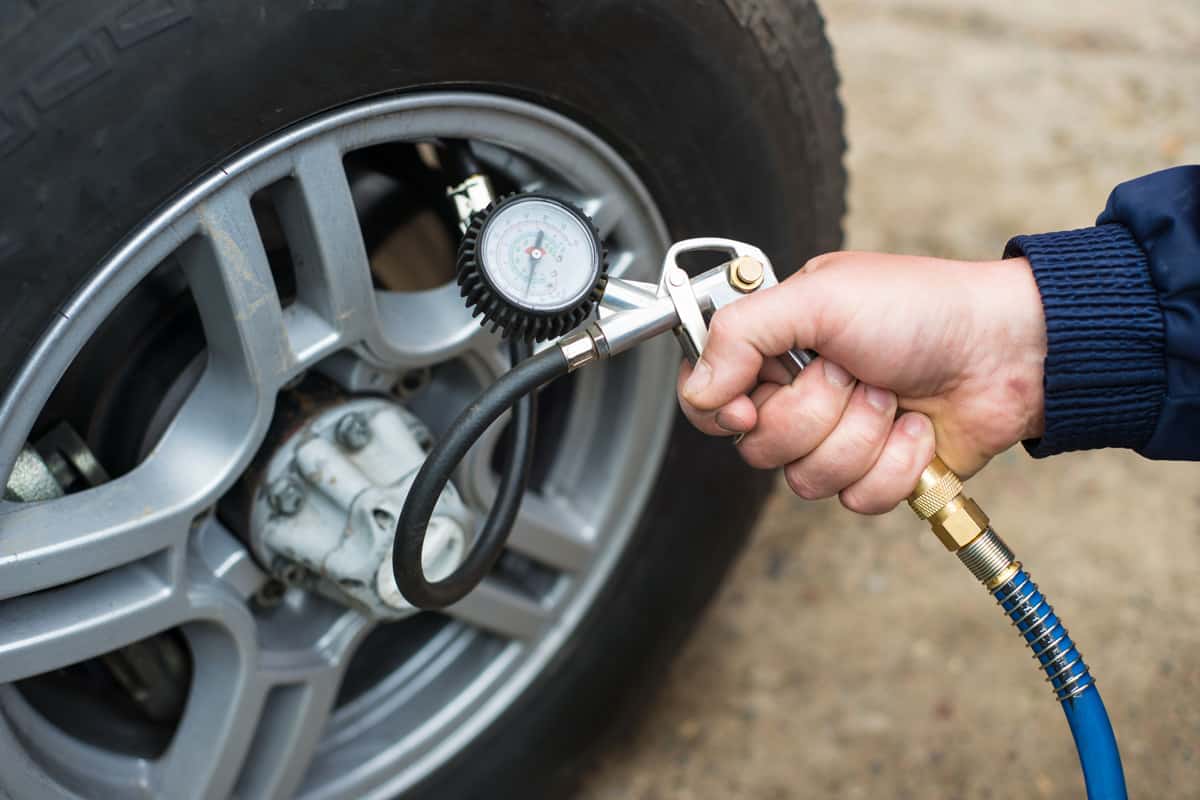
Different vehicles require different tire pressure levels to operate at their best. To determine your automobile's pressure level, check the owner's manual or look for the sticker that may be attached to the driver's side door.
It is good practice to check the tire pressure each morning before you drive. Thankfully, all vehicles manufactured after 2007 are fitted with a Tire Pressure Monitoring System (TPMS) that enables you to do this. You only need to service the TPMS regularly to keep it working well.
When the tires are properly inflated, you maintain good gas mileage and prolong the tire life. But if the tire pressure is low, your vehicle's fuel efficiency is reduced, and the tires become susceptible to failure and blowout. Depending on its severity, the blowout can be dangerous to you and other drivers.
In contrast, overinflating your tires makes the sidewalls and the tire tread harder than usual. As a result, the tire's contact area on the road is reduced. As a result, traction and performance are also reduced, affecting car handling and creating a bouncy ride.
Tread Depth Inspection
Worn tire tread can result in unsafe driving conditions, as the vehicle lacks traction. You can apply the penny test to check tread depth.
Insert a penny upside down into the tread, then check whether you can see the top of President Lincoln's head. If the head is visible, the tire tread is too low and must be replaced as soon as possible.
You can also use the built-in wear bars to assess the tread depth. These wear indicators look like narrow strips of smooth rubber and appear when you have used the tire to 2/32 of an inch.
Tire Balancing
The tire and wheel assembly create a disturbing vibration as the automobile wobbles when driving on a level road if they are not balanced. In addition, you will notice irregular tread wear.
Tire balancing ensures even weight distribution around the entire circumference. It also enhances the comfort of your ride.
Tire Alignment
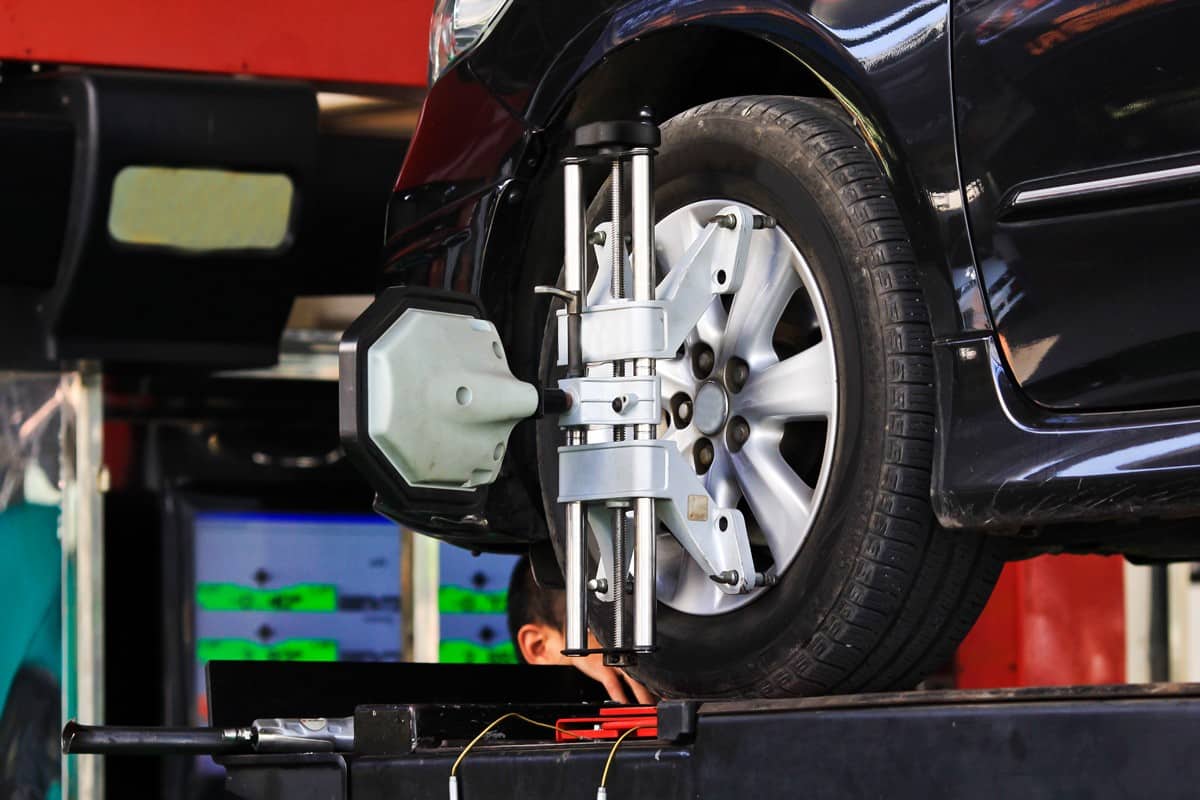
Tire alignment improves handling and prevents your vehicle from pulling in one direction or making strange vibrations while on the road.
During alignment, the angle of the tires is adjusted, thus influencing how the tire touches the road. With proper alignment, your vehicle remains on center while driving straight.
In Closing
Car manufacturers allow a little room for tire size adjustment when fitting a new set of wheels. But it is wise to exercise moderation when making adjustments to avoid negatively impacting your car's performance. Your best move is to consult a mechanic on the right options for your car's model.
These articles may also interest you:
